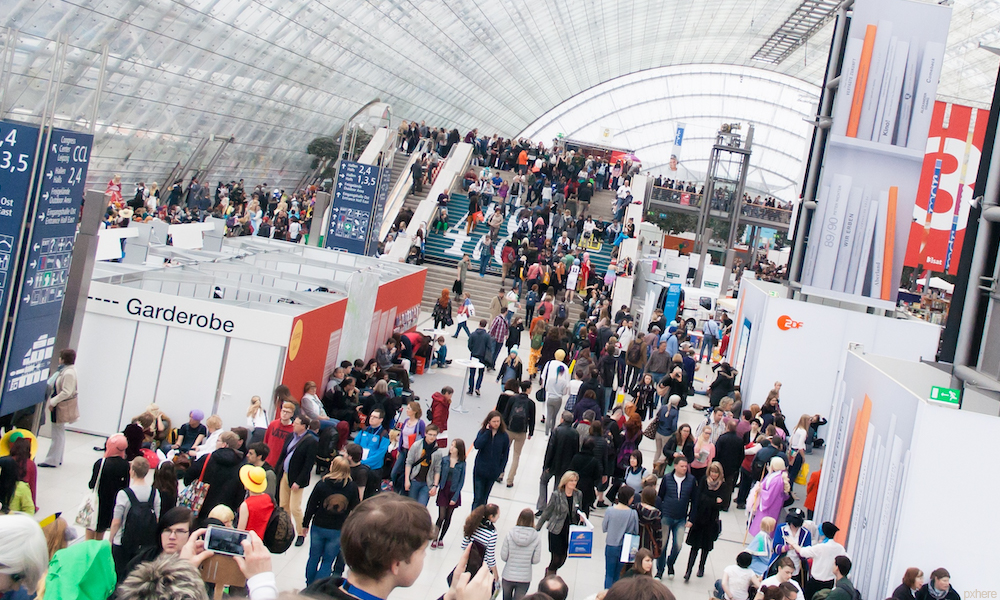
Trade show displays are often the first point of contact between an exhibitor and potential clients. Trade shows involve the transfer of products or services from one entity or individual to another, most often in exchange for payment. Economists often refer to such an exchange as a marketplace or network. The participants in a marketplace include businesses, consumers, government agencies and other entities which may not be involved in the particular trade show or exhibition.
Trade shows, fairs, and exhibitions are organized by different organizations with differing purposes. Some are primarily geared toward advertising and marketing; others offer a variety of facilities for displaying and selling products or services. A trade show is most often identified by the venue. It may be held at a site such as a school, hotel, community center, industrial complex, or stadium. Trade fairs are usually held in numerous locations, such as a single city or state park or convention center.
Conventional trade shows consist of a combination of booth exhibits, trade show exhibits, seminars, educational sessions, networking opportunities, displays, and handouts. They provide exposure and opportunity to develop new products or services to current customers. In addition, trade shows allow companies to display their products or services that have been previously showcased at another trade fair or exhibition. For example, a manufacturer might exhibit new products at an Expo in New York and display those same products at a seminar in London. Both exhibits would provide exposure and the chance to make a good impression on potential customers.
While conventional trade fairs and exhibitions may be held annually or semi-annually, they can be longer or shorter than traditional exhibits. A trade show or exhibition lasting more than one day is an annual event. However, companies with a great deal of inventory can take part in a trade fair or exhibition more frequently to increase sales. Because the show is less formal, exhibitors can showcase new products or services more effectively.
The structure of a trade show or exhibition is determined by the type of products or services being displayed. Conventional exhibits are arranged around a central theme. Most focus on one or two main categories. However, some company representatives may choose to exhibit a broad range of products or services. There are also some types of trade shows or exhibitions that allow company representatives to present their entire product line.
One reason why a company may choose to exhibit at a trade show or fair instead of a convention is the number of people who will attend. Many trade shows are held in arenas that accommodate a large crowd of people, including hundreds of vendor exhibits. Additionally, participants in trade shows and fairs tend to be from a wide variety of industries, including many that attend just for the opportunity to exhibit. Another advantage to attending a trade show or fair is that many of the attendees have not attended a convention before, making them more likely to buy products or visit the company’s website.












